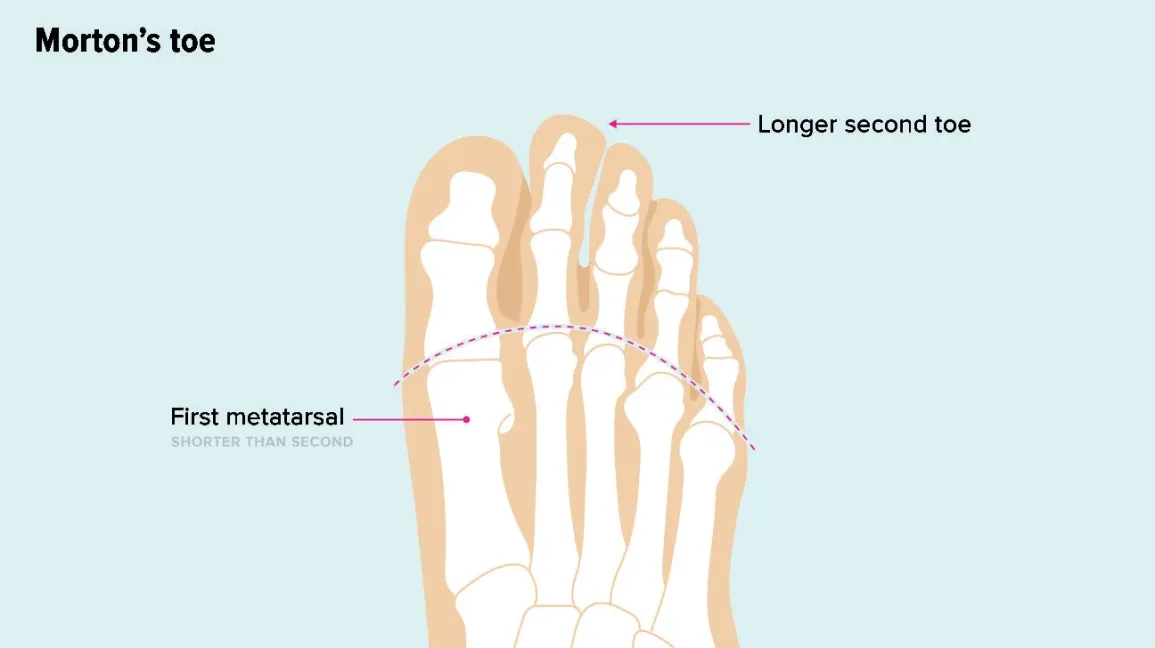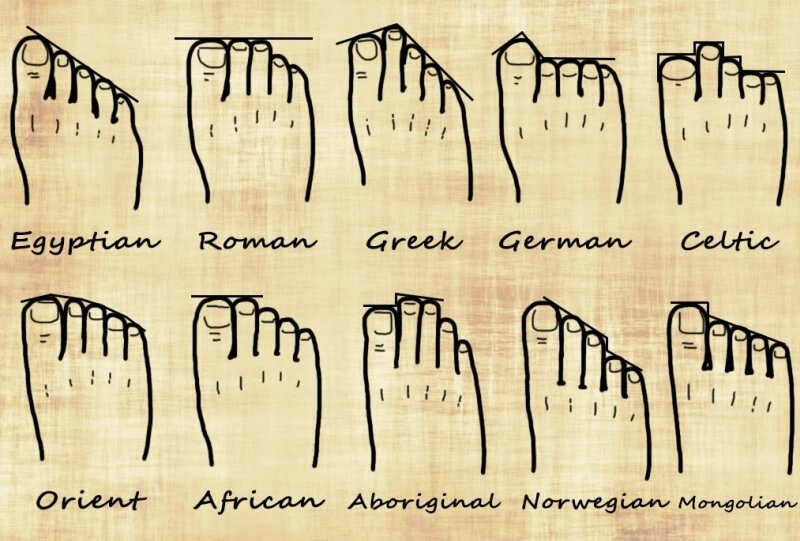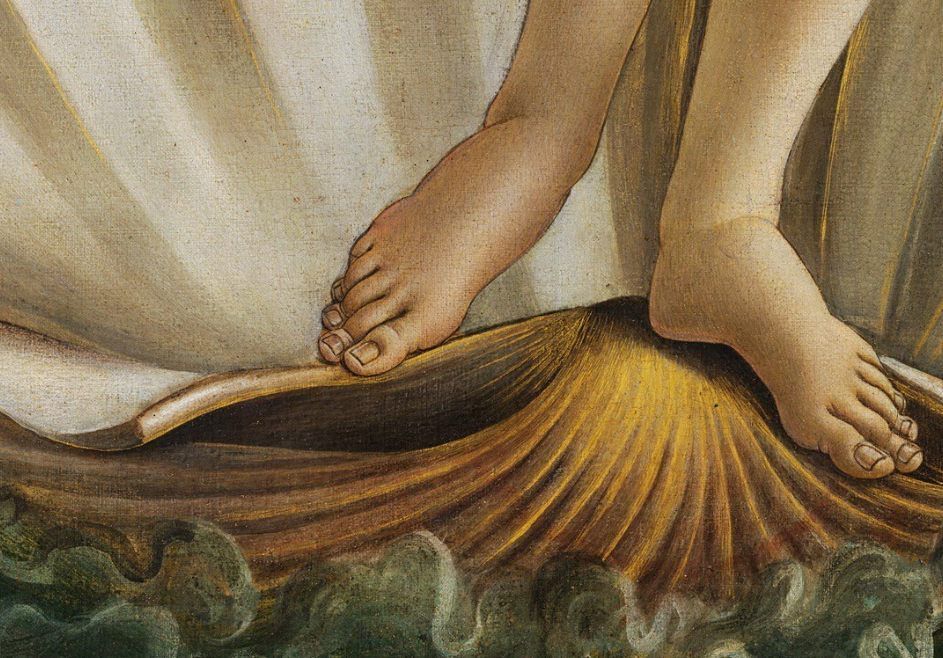What Does It Mean if Your Second Toe Is Bigger than Your Big Toe?

If the phrase "windows to the soul" describes eyes, can we also consider toes to reveal personality traits? Cultures globally interpret toe shapes in various ways, giving rise to superstitions. A longer second toe, known as Morton’s toe, intrigues many. This article dives into the myths and scientific insights surrounding this phenomenon.
Things You Should Know
- A longer second toe may suggest traits such as clumsiness, athleticism, diplomacy, communication, or creativity.
- Morton’s toe simply refers to a second toe larger than the big toe.
- While generally unremarkable, Morton’s toe can lead to pain related to Morton’s neuroma, a nerve condition.
Popular Big Second Toe Superstitions
Creativity and Enthusiasm
Those with a longer second toe might be seen as naturally creative. Legends suggest that this toe shape aligns with the "Celtic foot," symbolizing thoughtfulness and dynamism. If you’re an artist, your toe may play a part in your creative spark.
Strong Communication Skills
Just as palmistry connects personality to hand shapes, some believe toes carry similar meanings. The second toe symbolizes the air element, suggesting superior communication skills. This perception positions these individuals for success in roles as orators, politicians, or teachers.

Qualities of a Good Partner
In Indian folklore, women with a longer second toe display traits like hard work and diplomacy. These characteristics enhance their capabilities as supportive partners, resonating with traditional familial expectations.
Potential for a Long Life
Associated with the term "Viking’s toe," having a long second toe is sometimes believed to be an omen of longevity. Vikings allegedly considered this trait a symbol of a long, fulfilling life – a perspective lacking a broad historical basis however captures imagination.
Athletic Potential
The "Greek foot" concept links a long second toe with exceptional athletic prowess. Ancient narratives suggest this feature led the Greeks to be outstanding athletes, hinting that a long second toe may also enhance skills in dance or swimming.

What Causes a Morton’s Toe?
Genetic Factors
The exact cause remains somewhat elusive, but genetics appear significant. If family members have Morton’s toe, one may be more likely to have it too. An estimated 3% to 15% of the global population has Morton’s toe.
Physical Impacts of a Big Second Toe
General Lack of Issues
Most individuals will not face difficulties from having a Morton’s toe. Generally, slight variations in the length remain inconsequential. Most people with Morton’s toe may not even recognize it as a unique trait throughout life.

Possible Development of Morton’s Neuroma
In certain cases, Morton’s toe could lead to Morton’s neuroma, resulting in pain and numbness. This condition feels like having a stone in one’s shoe and stems from nerve pressure within the foot. Contrary to popular belief, the big toe’s shorter length is the more significant factor that causes discomfort.
The asymmetrical pressure from the shortened first metatarsal bone can lead to pain as the shorts compensate over time. Also, wearing high heels exacerbates this issue, making it advisable to wear more supportive footwear. Common treatments include rest, corticosteroids, and surgery when necessary.
Earlier, SSP wrote about decoding car crash dreams.



















